rhoadley.net music research software blogs
vimeo youtube gallery
five pieces sextet through the sharp hawthorn only connect in principio miscellaneous concertino three pieces for two pianos four archetypes petrochemicals copenhagen ambience hello histrionica telephony many worlds 127 haiku 128 haiku triggered touching sound 127 messages
calder's violin fluxus fluxus tree player piano three streams quantum canticorum december variations december mobile semaphore piano glyphs how to play the piano choreograms edge violations homage unthinking not songs graffiti
devices: gaggle gagglina wired threads glyphs metapiano digiphone
NB All material on this site is © Richard Hoadley (and others), 1980-2023
Metapiano
Instrument/sculpture/collection/composition
2010 on-going
About the metapiano
Audio version 110607 (mp3)
Triggered: metapiano - June 13th 2011, Kings Place, London from Richard Hoadley on Vimeo. This collection of devices concerns the design and implementation of interactive sculptural interfaces to be operated by the public as well as by specialist performers, for instance, musicians or dancers. Options for automatic computer control also exist. The set of interfaces under consideration here is referred to as the 'metapiano', itself a 'meta-sculpture' comprising a collection of diverse and independent sculptural items, each of which are being developed to control a sometimes self-referential array of musically expressive algorithms. In the case of the metapiano the primary sound source, perhaps unsurprisingly, is that of a (synthesised) piano. The work investigates the manner in which a viewer/performer interacts with hardware and software systems, examines the nature of the music created and details how the two are related and in particular how the results relate to new and more traditional forms of composition and performance. Although still in development, the metapiano is itself comprised of a number of individual units, including the Alexander Calder influenced 'Calderphone'. MinimetapianosPortable mini metapianos for use in conferences and other transient demonstrations. 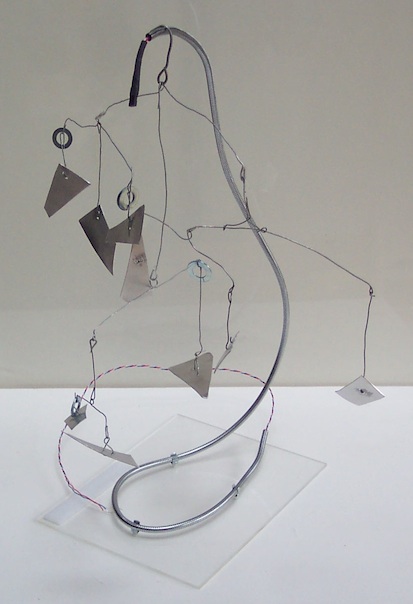
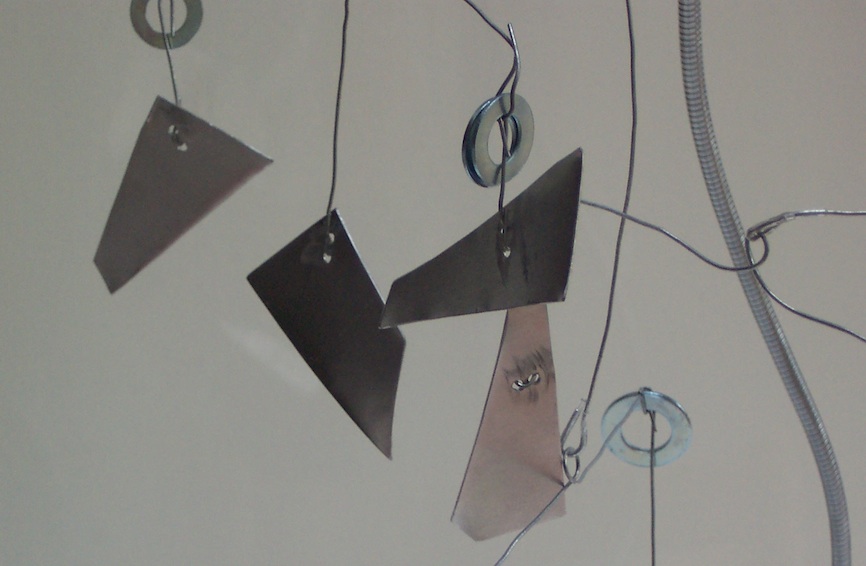
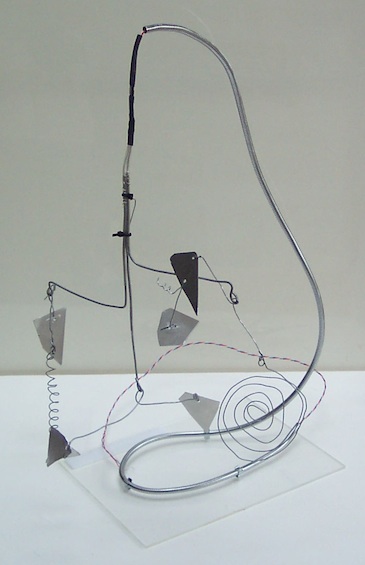
Douglas Jeal MaquettesMini perspex sculptures designed to reflect and refract light during dance. The colour of light contributes to the sonification process. 




|
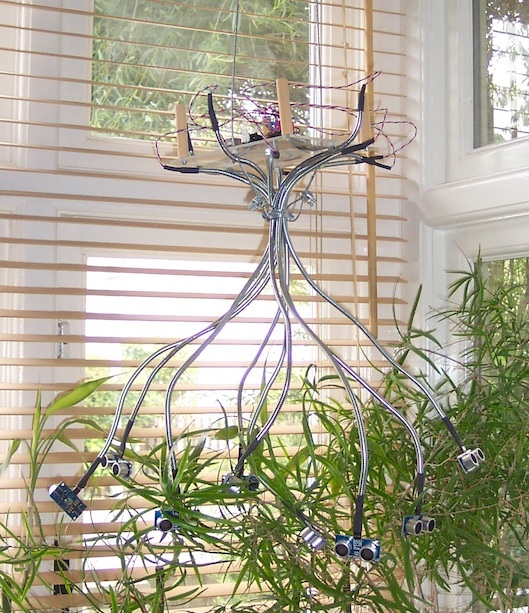
Gaggle v2.0 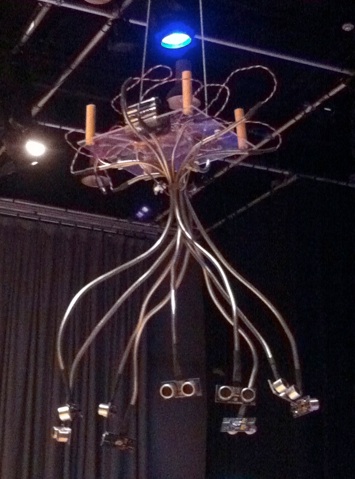
Gaggle v2.0 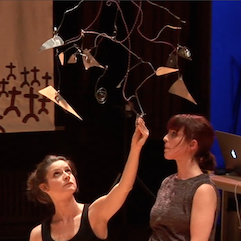
Metapiano v1.0 
Minimeta v1.0 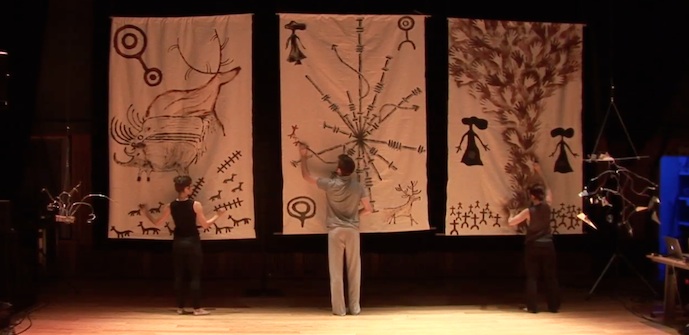
Glyphs v1.0 (Katy Price and Andrew Nightingale) 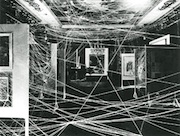
Marcelophone (Threads) v0.0 
Minimeta v1.0 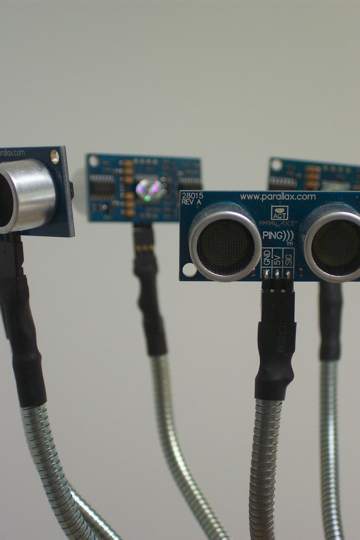
Gaggle v1.0 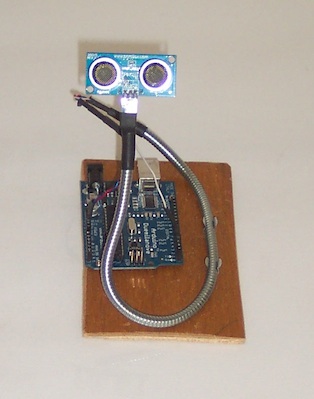
Gagglina v0.1 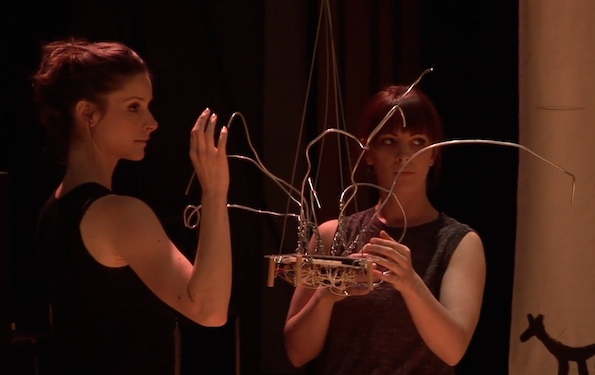
Wired Triggered Kings Place v1.0 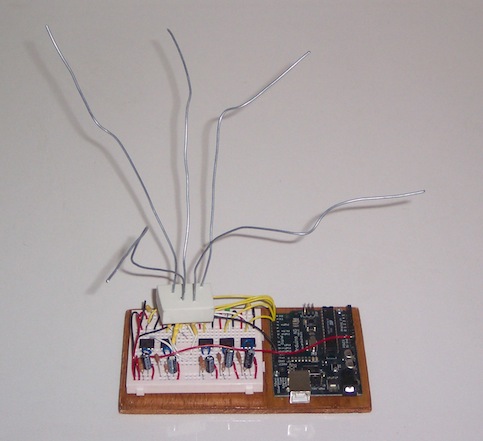
Wired Mini v0.1 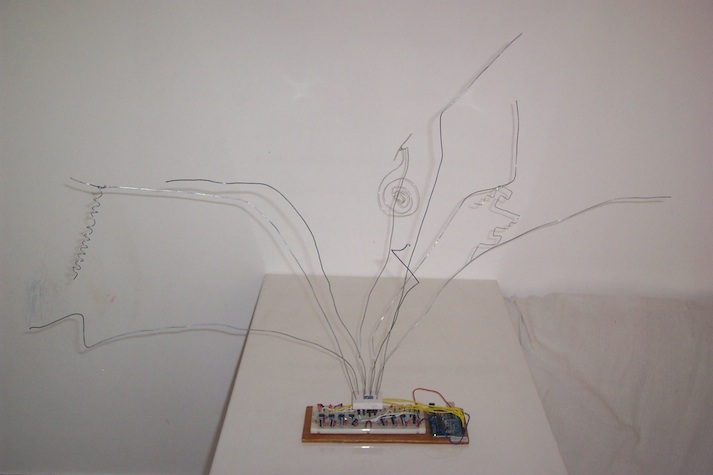
Wired Maxi v0.1 |